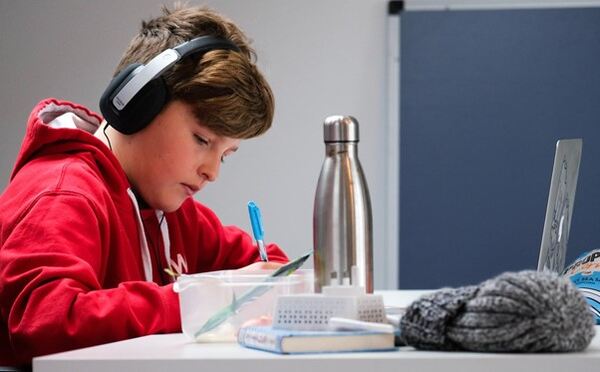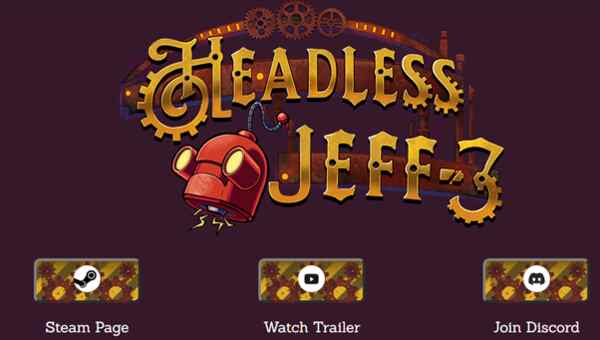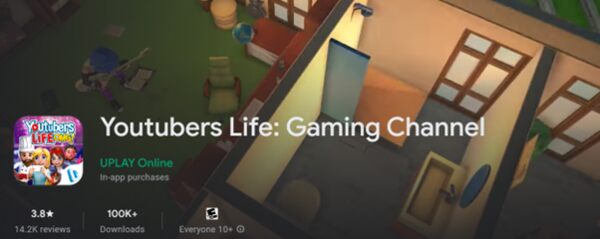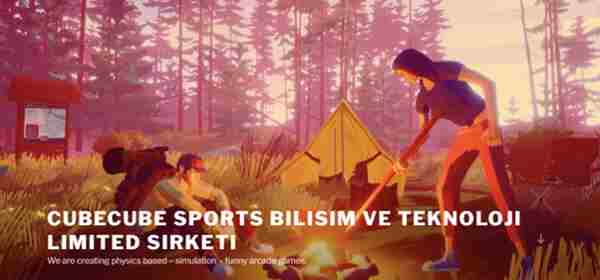Educational Books for Kids | How to Choose the Right Ones for Early Learning
Reading books to young children is good for developing a lifelong love of literature and promoting early literacy. Getting it right with books for kids enriches the experience for both parent and child. It marks the beginning of a long-term enthusiasm for reading. When selecting educational books for young children, consider your child’s interests.
You’ll also want to consider the age-appropriateness of the material and encourage your child to choose what to read to cultivate curiosity, engagement, and a deep love for fiction and educational books alike.
For those beginning to explore educational books, start with simple, memorable, and easy-to-understand stories. Books with bright illustrations and engaging characters capture a child’s attention. They keep them focused on the story and begin recognizing words as they associate. Here is how to choose the right books for early learning.
Select Books That Feature a Wide Range of Topics
Diversity allows children to learn more about various subjects from an early age. It promotes exploration and knowledge retention. When looking through titles, consider science, history, economy, and social studies topics. Additionally, consider the style and tone of the narration. For example, authors should write educational titles in a professional voice that encourages learning and exploration. Finally, consider the child’s abilities and interests to buy a book that best serves their educational needs.
Look for Age-appropriate Books
Finding the right books for early learning shapes children’s relationship with reading from a young age.
- Choose engaging books with content congruous to your child’s age and language.
- Select books that target their understanding level by looking at reviews online.
- Ask friends or educators to guide you to relevant books before buying and introducing them to your kids.
Remember that each book should have an important message for the child. It should teach them specific skills like counting and animal recognition or complex skills like empathy or sharing.
Look for Stories with Engaging Plot Lines
Ensure your child gets the most out of a reading experience by looking for stories with engaging plot lines, even if you’re selecting educational books and not fiction books per se. In addition, the child should connect with the characters and relate to the story’s objective.
To add a different dimension to the story, consider how interactive you’d like this reading experience to be. Look for books designed to encourage discussion or participation from your child during storytelling. For example, the educational books by Connor Boyack provide an essential foundation for young learners to explore more advanced topics later by encouraging them to debate the concepts, terms, and lessons they get while they follow the main character’s adventures.
These activities help young minds attach themselves to what they are exposed to.
Select Books with Simple Language
When choosing books for early learning, ensure their language is simple and easy for children to understand. Books with too many unfamiliar words can be intimidating.
The best option is to select ones that use everyday language that kids can easily comprehend. It is also helpful to consider a book’s tone of voice, as specific nuances may confuse younger readers. Finally, aim for educative books rather to stimulate and engage a child’s growing mind.
Choose Books with Colorful Images and Strong Illustrations
Colorful images and strong illustrations capture a young reader’s attention and imagination. To guarantee optimal learning, read with your child as they become familiar with the words on the page. Then, help your little learner understand the story the illustrations convey. As you choose books, use colored pictures and graphic images to guide your decisions. Remember that clear and vivid imagery supports the story and improves a child’s memory.
Guide Them to Books About Inspiring People in History
History may not be the first thing that comes to mind when you may think about engaging children. But when you focus on fascinating people in history, it can change a study of dates, facts, and events into an existing lesson about a person who achieved remarkable things, despite their challenges. Everyone loves a great story and there are countless role models throughout history that made a dramatic difference in our world through commitment and perseverance.
The Bottom Line on Books
Finding the right books to use in early learning is a make-or-break situation. Ensure the books are age-appropriate and educational while also being enjoyable to foster a love of reading. Choose authors who craft thought-provoking stories while giving valuable insights into life lessons. Consider adventure tales featuring talking animals for nature lovers. Pick exciting fantasy books involving elements of science and technology. These books provide a comprehensive and entertaining education for children of all ages. They uniquely blend intrigue, wonder, drama, heartache, and redemption.
Watch this video and learn how libraries are more than just books these days…















